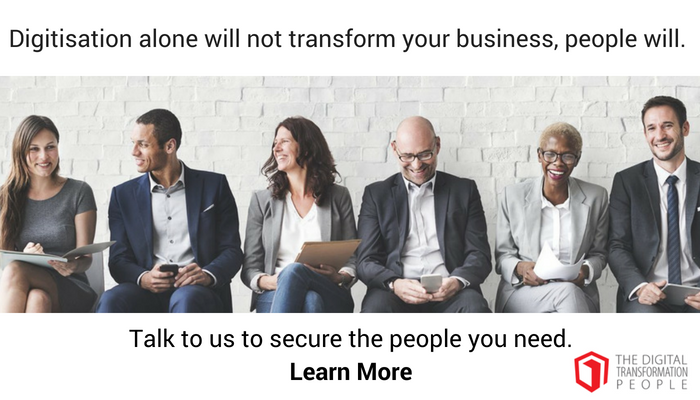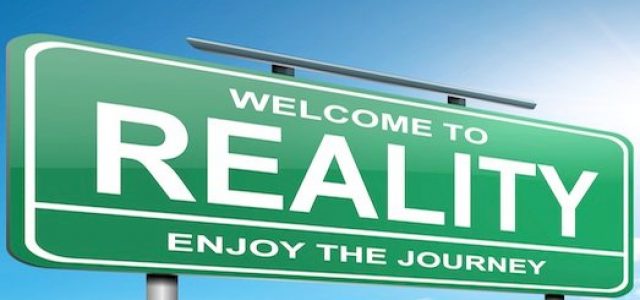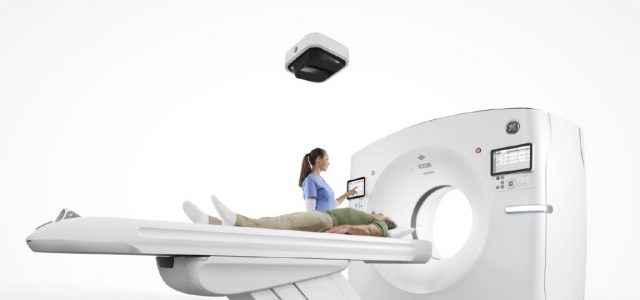It is perhaps the ultimate irony that I’m penning this article from the Air Canada lounge as I prepare to spend two days with the Organizational Culture group at Southwest Airlines in Dallas.
Southwest Airlines is part of a small select group of organizations, like Zappos, Patagonia and Four Seasons, whose Culture has attained almost mythical status. From the storied antics of their CEO and Founder Herb Kelleher – to decide who could use a catchy slogan he once challenged another airline CEO to an arm wrestling match rather than spend months making lawyers rich (his phrase) – to the litany of YouTube clips featuring the amazing announcements from their colourful flight attendants, Southwest Airlines is renowned for the passion, enthusiasm and engagement of their staff from CEO to baggage-handler.
Articles and business books abound with lessons on how Southwest has created, and sustained, their culture despite operating in one of the most competitive and cut-throat business sectors out there. While many other airlines have struggled to remain competitive, Southwest has consistently outperformed the category.
While other airlines have slashed their loyalty programs (recently UNITED Airlines has reconfigured their MilagePlus program to make it purely about the dollars spent, not miles, segments or class of ticket) and tackled a cacophony of customer outrage in social media (UNITED, again, dragging a customer off a flight in 2017) the folks at Southwest Airlines continue to enjoy unprecedented levels of customer loyalty and a NPS score that would have any CMO salivate.
What is missing from the very legitimate accolades that Southwest Airlines has earned for its Culture is the acknowledgement that this has been a very deliberate differentiation strategy deployed by the organization from the very outset.
A very deliberate differentiation strategy.
Pointing to the brilliance of Southwest’s “low-cost, hub & spoke” business model conveniently forgets that from the outset, Southwest chose to invest in recruiting stand-out customer-centric people. People who would create a memorable experience that would make passengers want to come back. People with a deep service-orientation that, at the time, was a novel concept – especially from a low-cost airline.
That rigor in seeking out true (brand consistent) talent is why less than 2% of applicants for Southwest roles make it. Herb Kelleher recognized that talent (aka Culture) was going to create buzz and excitement around the new airline and organically generate loyal customers without having to rely on a loyalty “program”. That’s pure marketing genius IMHO.
Over the past two years I’ve had the unique privilege of interviewing over 40 organizations globally on the topic of Culture and Digital Transformation. That exercise sprang from a personal fascination with how Digital Transformation had captured the attention, and the wallets, of so many organizations and CMO’s worldwide.
Everyone was clambering to turn legacy bricks-and-mortar into some sexy digitally-deployed experience – ideally on the tiny screen in your hand. Slow and lumbering organizations were hell-bent on becoming an “always on, always agile” organization that eschewed waterfalls for sprints and saw “Fail Fast” as a tattoo-worthy corporate proclamation. In a world where CX was the ultimate consumer battleground to drive NPS and LTV, if you weren’t digitally transforming you were DOA.
What each and every interview highlighted was that Culture, more than any other single factor, was the greatest accelerant or impediment to any Transformation, Digital or otherwise.
Talking to organizations like Starbucks, Globant, Tangerine Bank and even Southwest Airlines who invest consistently in developing their Culture, uncovered their deep struggles to become more digital and transform their operations and their people into a digitally-driven organization. So, how do you think the organizations with less deliberate attention and investment in their Cultures fared?
The sad fact is that many organizations – and many CMO’s – continue to view Culture as some warm and fuzzy “feel good” exercise involving foosball tables, vegan muffins in the cafeteria, inspirational posters and “trust falls” at Executive off-sites. An exercise best, and often solely, left to the HR department and given budget and C-level commitment when other, more “critical”, efforts have been completed.
Nothing could be further from the truth.
Your Culture is perhaps the most powerful weapon in the arsenal of strategies and tactics that a C-level Executive could enact.
For the CMO, your Culture is one area of your operations that cannot be copied by a feisty competitor. With the barriers-to-entry getting lower, and the access to capital getting easier, there are few products and services in any category that can’t be copied, cloned or blatantly stolen in today’s globally-connected economy. In reality, your kickass mobile application, ballsy retail LTO or sexy new micro-niche Influencer strategy has probably been torn apart, reconstituted and served up by your competitors within 48 hours of launching.
Your Culture cannot be copied.
No other organization has your organizational history, your leadership, your legacy of decision-making, your commitment (or lack thereof) to seeking, recruiting, training and onboarding talent. Apple and Samsung might both be magnificently successful organizations competing in numerous sectors but their respective Cultures couldn’t be more different. And that’s got nothing to do with being in Palo Alto and Seoul.
For the COO, having a clear, cogent and universally-lived Culture is the optimal route to operational expediency and organizational clarity. As markets become more connected, consumers more fickle and avenues to organizational agility are increasingly reliant on complicated supply chain gymnastics, the ability to have an organization where colleagues can act decisively and are universally-aligned on what success looks like – and what delivering that success will require – is nirvana.
Your Culture is about how your organization behaves and make decisions.
Culture exercises that end with emblazoning bland, trite – often inaccurate – value statements on the wall miss the critical requirement to explicitly make your Culture about how you people behave and make decisions. Consider for a moment how loaded and dangerously ambiguous values like “Trust”, “Customer-centric” and “Integrity” are depending on whether you’re a rookie customer service agent facing a disgruntled customer or an EVP negotiating a massive partnership deal.
Sadly, those vanilla and melba-toast values can be found on the websites of many of Canada’s top organizations! Those values alone don’t help me make a decision that is “consistent” with the company. Those values don’t help me determine how far I can go to achieve a satisfactory outcome – or help determine whether satisfactory means through the lens of the customer/partner or through the eyes of your employer.
Organizations must dig deeper and commit to define – and universally share and codify – the behaviours they expect of their people. Behaviours that define how the organization intends to differentiate itself with customers but also how those behaviours will differentiate how we behave towards our colleagues internally to drive decisiveness.
For the CFO, having a Culture that accelerates decision making and diminishes duplication and stagnation is a tantalizing aspiration. With organizational growth resting on the ability to integrate and effectively operationalize a cross-section of mergers and acquisitions under the intense scrutiny of shareholders, board members, impatient CEO’s and the media, having the confidence to say that this M&A will hold up and deliver the numbers that Bay Street demands is critical.
Culture demands the same due diligence as any other balance sheet exercise.
The business graveyard is littered with enormously expensive, time-consuming M&A activities that have turned from diamonds to dogs because of a fundamental lack of due diligence in the Culture arena. Canadians across the country have voted with their feet over the decimation of the beloved Tim Hortons brand, and brand experience, following the acquisition by Brazilian P/E powerhouse 3G.
For an organization famed for warm, welcoming and unassuming service what outcome did we really expect when they were acquired by an organization famed for wringing out every last penny of “operational efficiency” and “standardization” across their supply chain? Despite countless research reports, scholarly analysis and real-life examples, the blatant disregard for aligning organizational Culture as a core part of a M&A due diligence is astounding, even criminal.
Over the course of my own marketing career, the common refrain was that “brand” wasn’t just the responsibility of the marketing department. It was everyone’s role and responsibility. Everyone’s actions were either enhancing or diluting the brand experience the Marketing team had endured countless meetings (and focus groups) to craft.
I believe the same is equally true of Culture.
No CMO I know isn’t desperately trying to create a world-class customer experience at each brand touchpoint. Yet, even in the most digital environments, organizations still rely on humans to imagine, design, create and execute those world-class experiences. How can any of that happen without a Culture that has explicitly codified customer-centricity into its DNA?
Equally, there isn’t a CMO not being held accountable for “innovation” by their C-suite colleagues. What is innovation but the ability to see beyond the realms of the status quo and find new exciting products and services? How is that imagination possible at organizations like 3M, IDEO and Haier without a Culture that celebrates pet projects, genuinely believes that great ideas come from fresh eyes (not just the old guard in the Executive Suite) and has thrown hierarchical “command and control” thinking out the Corporate window?
Despite the massive inroads of machine learning and AI, the greatest source of imaginative ideas, ground-breaking strategies and award-winning tactics remains our colleagues. And unlocking that brilliance requires a Culture built on limitless possibilities, not constrictive policies as so many still sadly are.
CMO’s, Culture really can be your competitive differentiator if you repeat after me…” Strategy is the Engine, Culture is the Fuel”
Bon chance.
Note: As a die-hard marketer, I believe that Culture is a genuinely sustainable differentiator. This fascinating read on Culture at Southwest Airlines eloquently details how – https://www.investopedia.com/articles/investing/061015/how-southwest-different-other-airlines.asp
Article by channel:
Everything you need to know about Digital Transformation
The best articles, news and events direct to your inbox









